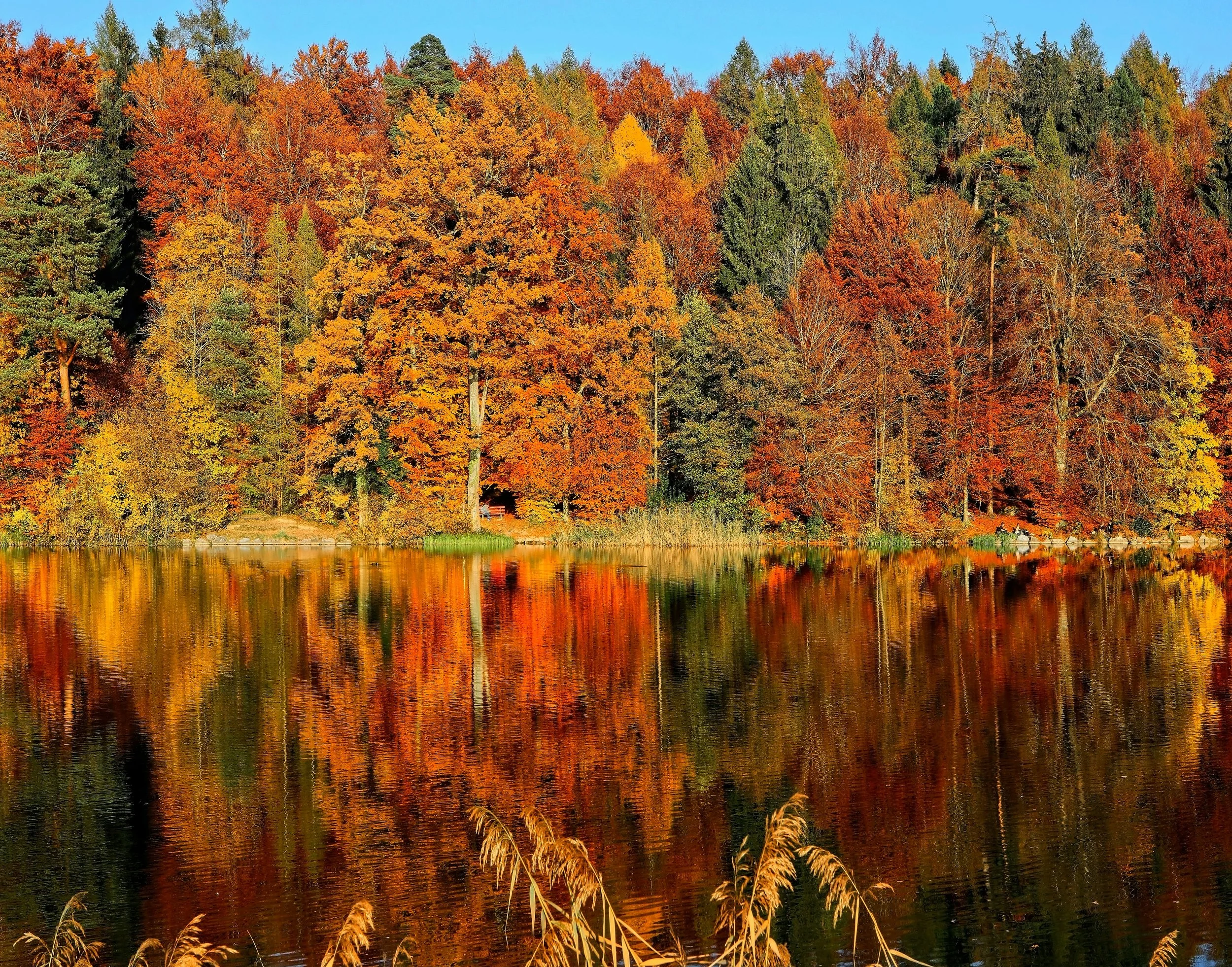Signs of Fall: How to Spot the Approach of Autumn
Photo by Ricardo Gomez Angel on Unsplash
As summer winds down, the subtle signs of fall begin to emerge, heralding the arrival of cooler temperatures, shorter days, and the beautiful changes in our natural scenery. Here’s how you and your little explorers can spot the early signs that autumn is on its way:
1. Changing Leaves One of the first and most noticeable signs of fall is the changing color of the leaves. Look for leaves that start to turn from green to vivid shades of orange, red, and yellow. This happens because cooler temperatures and shorter days trigger trees to slow down their production of chlorophyll, the chemical that keeps leaves green.
2. Cooler Evenings As fall approaches, the nights start to get noticeably cooler, even while daytime temperatures might still feel quite summery. This drop in temperature during the evening and early morning is a classic sign that autumn is near.
Photo by Mohamed Fsili on Unsplash
3. Bird Migration Pay attention to the skies. Many bird species begin to migrate south for the winter during early fall. You might spot flocks of birds flying in V-shaped formations—a fascinating migration strategy that conserves energy and aids with navigation.
4. Fall Fruits and Seeds Many trees and plants begin to produce seeds and fruits as fall approaches. Look for acorns, pine cones, and berries, which not only indicate the changing season but also provide food for wildlife preparing for winter.
5. Animals Preparing for Winter Notice changes in animal behavior. Squirrels might be seen more frequently as they gather and store nuts for the winter. Similarly, other animals might begin growing thicker coats or displaying more robust foraging behavior.
Spotting these signs can turn a simple outdoor walk into a fun and educational exploration of the changing seasons, enhancing your child's understanding of nature’s cycles.


